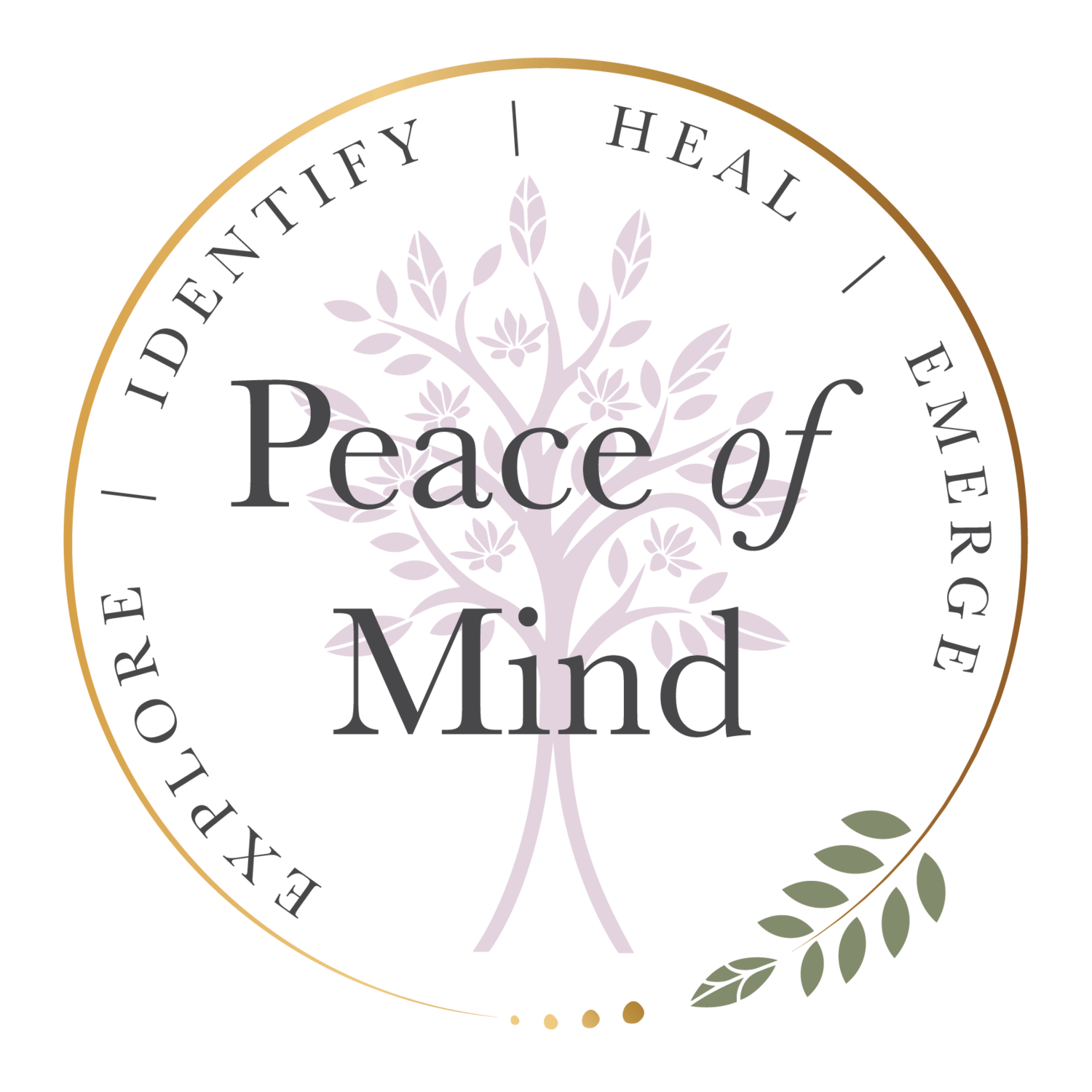Journey to Resilience: The Transformative Power of Trauma Therapy
Understanding Trauma and Its Impact
In the vast landscape of human experience, each individual is a traveler with a unique story. Everyone's journey is filled with various experiences—smooth, joyous, challenging, and painful. The road can often be marked by life-altering events known as traumas. Whether from a single event or sustained over time, trauma imprints the human psyche, affecting one's emotional, physical, and spiritual well-being.
It is critical to understand trauma's impact and how it can be addressed and healed. This is where trauma therapy comes in. It serves as a compass, illuminating the path toward resilience and recovery.
The Role of Trauma Therapy
Trauma therapy's essence lies in recognizing the individual's strength, courage, and potential for growth. Trauma therapy does not view individuals as mere victims of their circumstances but acknowledges them as resilient travelers navigating life's challenges. The process does not just aim to alleviate symptoms or distress; it empowers individuals to reclaim their narratives, restore balance, and cultivate inner peace.
Techniques Used in Trauma Therapy
So, what makes trauma therapy such a transformative journey? First, it provides a safe space. As travelers facing rugged terrain, individuals often need a secure and non-judgmental environment. This setting allows them to express themselves fully, understand their experiences, and embark on their healing journey.
Next, trauma therapy is person-centered. Each individual's journey is unique, and a one-size-fits-all approach rarely works. Trauma therapy tailors the treatment plan to the individual's experiences, needs, and comfort level. It could involve modalities such as Eye Movement Desensitization and Reprocessing (EMDR), Sandplay Therapy, or trauma-informed yoga and meditation.
EMDR, for instance, uses bilateral stimulation, such as eye movements, to help individuals process traumatic memories and reduce their long-term impact. Sandplay Therapy, on the other hand, is a nonverbal, therapeutic intervention that uses a regulation-sized sandtray and miniature figures to enable individuals to express their experiences and emotions symbolically.
Moreover, trauma-informed yoga and meditation incorporate bodily awareness and mindful presence as critical healing components. They work to release trauma held in the body, promote self-regulation, and enhance the mind-body connection.
Another critical aspect of trauma therapy is its focus on resilience. Trauma can make individuals feel powerless and stuck. But through trauma therapy, they regain their power, transform their narratives, and embrace a healthier relationship with themselves and the world around them.
The journey through trauma therapy is indeed a transformative one. It recognizes the pain, yet it emphasizes growth and resilience. It witnesses the struggle, yet it nurtures hope. It acknowledges the wounds, yet it cherishes healing.
Each step in trauma therapy is a testament to the individual's strength and resilience. It celebrates their courage to face challenges, determination to seek support, and audacity to hope and heal. And with each stride, they don't merely survive; they thrive, reclaim their narratives, and shape their paths toward a balanced and fulfilling life.
In the grand tapestry of life, each thread tells a story—of challenges and victories, of traumas and resilience. Through trauma therapy, individuals mend the broken threads and weave them into a narrative of strength, hope, and growth. The travelers become the weavers of their tapestries, crafting their paths toward resilience and peace.
